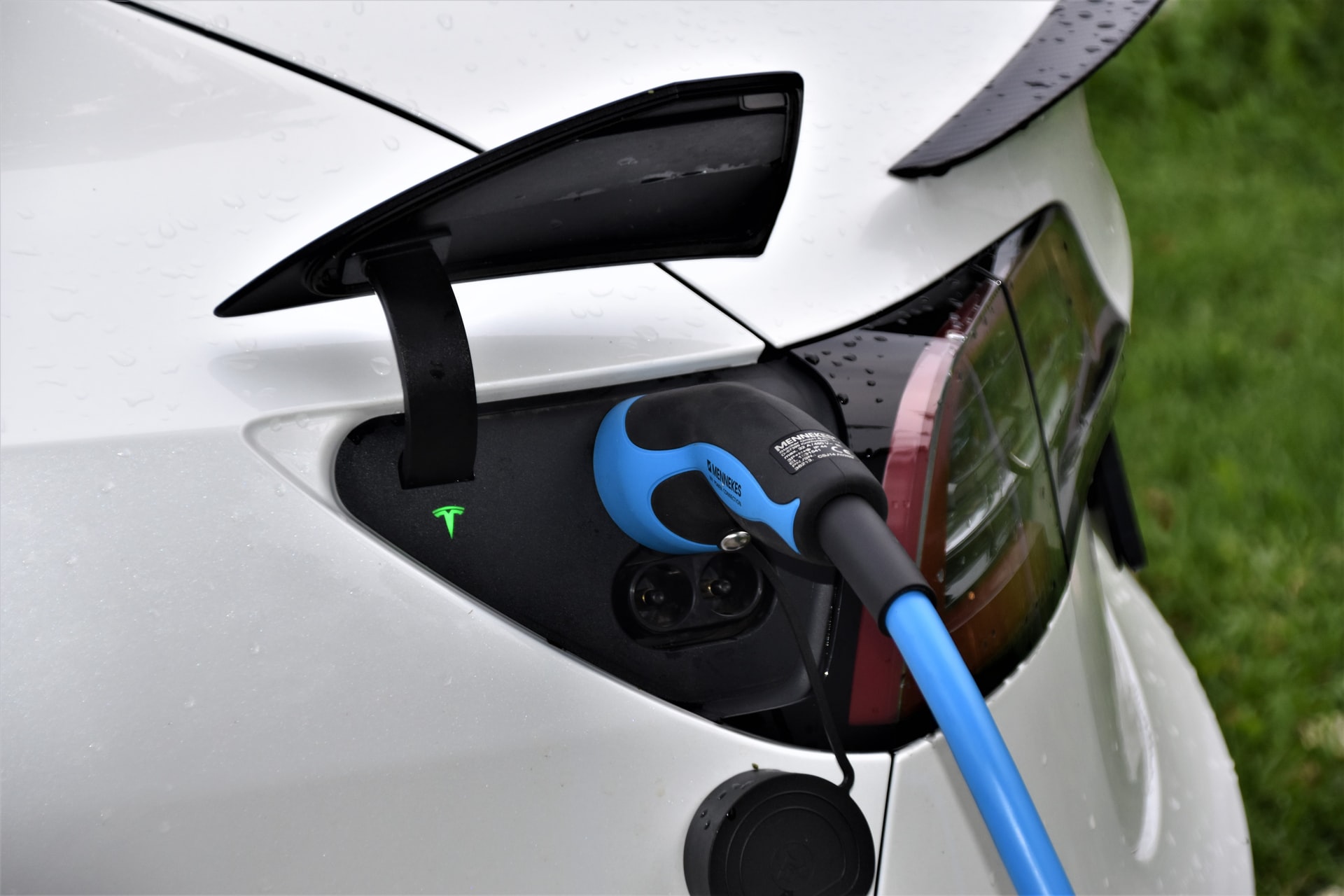EV sales are rising around the world, stoking demand for more robust charging networks. The US could see hundreds of thousands of new charging units deployed over the next decade as part of President-elect Joe Biden’s plan to revolutionize mobility in America. At the same time, a rising wave of SPACs are helping the EV charger industry, which has largely been a basket of private startups, go public without IPOs. Some automakers, however, have chosen to follow the Tesla Supercharger model and install an in-house network of charging units for their own vehicle models.
Related Stocks: Blink Charging Co. (BLNK), Switchback Energy Acquisition Corporation (SBE), TPG Pace Beneficial Finance Corp. (TPGYU), Newborn Acquisition Corp. (NBACU), NIO Limited (NIO), XPeng Inc. (XPEV), Tesla, Inc. (TSLA)
Per Morgan Stanley estimates, global electric-vehicle (EV) sales will grow 50% or more next year, while sales of internal combustion engine vehicles are expected to grow only 2% to 5%. Analysts also predicted that global EV penetration would top 4%, rising to 31% by 2030.
Along with potentially increasing tax credits, and other incentives for EV production, President-elect Joe Biden has a plan to install 500,000 electric vehicle charging cords by 2030. That would represent a five-fold increase in the nation’s EV infrastructure that could cost more than $5 billion. Per Bloomberg New Energy Finance, the infrastructure milestone would cover 57% of the charging that US vehicles will need by 2030 and could spark the sale of some 25 million electric cars and trucks.
Charging stations have long been the key to the proliferation of electric vehicles. A developed charging network assuages fears that you might run out of juice on a long-haul trip, or if you simply forget to fuel up at home one day. That’s not so much of a problem anymore with tens of thousands of stations across the US, but many regions are still in dire need of more robust infrastructure to support a growing electric fleet.
As of now, Bloomberg writes, there are about 90,000 public charging plugs at 28,000 US stations. However, one in five of those is exclusive to Tesla; of the remainder, only one in 10 tops a car up quickly enough to be useful on a road trip.
While numerous third-party charging companies are in operation today, including ChargePoint, Blink Charging, EVConnect, EVGo, Electrify America and Greenlots, some manufacturers are still focused on creating an in-house network, exclusive to their own vehicles, similar to Tesla’s superchargers.
Speaking of Tesla, whose market cap is now the largest in the world among automakers (more sizable than the next 9 largest automakers combined, in fact), sales personnel now have the green light to throw in free Supercharging for a year with the purchase of a new Model 3 or Model Y vehicle.
Blink Charging’s EV charging network now spans 23,000 stations worldwide. The company’s latest expansions include a deal to deploy 26 EV chargers at Burger King locations, as well as a five-year agreement with Illinois’ Blessing Health System to deploy 20 of its IQ 200 chargers at four health care facilities.
Rivian, an EV manufacturer focused on “adventure vehicles”, now plans on building out a charging network focused on outdoorsy, adventure locations. Per TechCrunch, these include remote areas across the US, usually devoid of charging stations, from mountain bike and hiking trails to kayaking spots and near popular climbing crags. Rivian, which is already backed by Amazon and raised $2.5 billion in its most recent round of funding, bringing its total raise to $6 billion.
Fiat Chrysler Automobiles’ (FCA) Jeep is undertaking a similar project, installing a number of off-road, solar powered charging stations along trails in California and Utah for its Wrangler 4xe plug-in hybrid. The difference, however…
To read the rest of this Market Insight, START A FREE TRIAL You’ll also gain access to: If you already have a subscription, sign in










